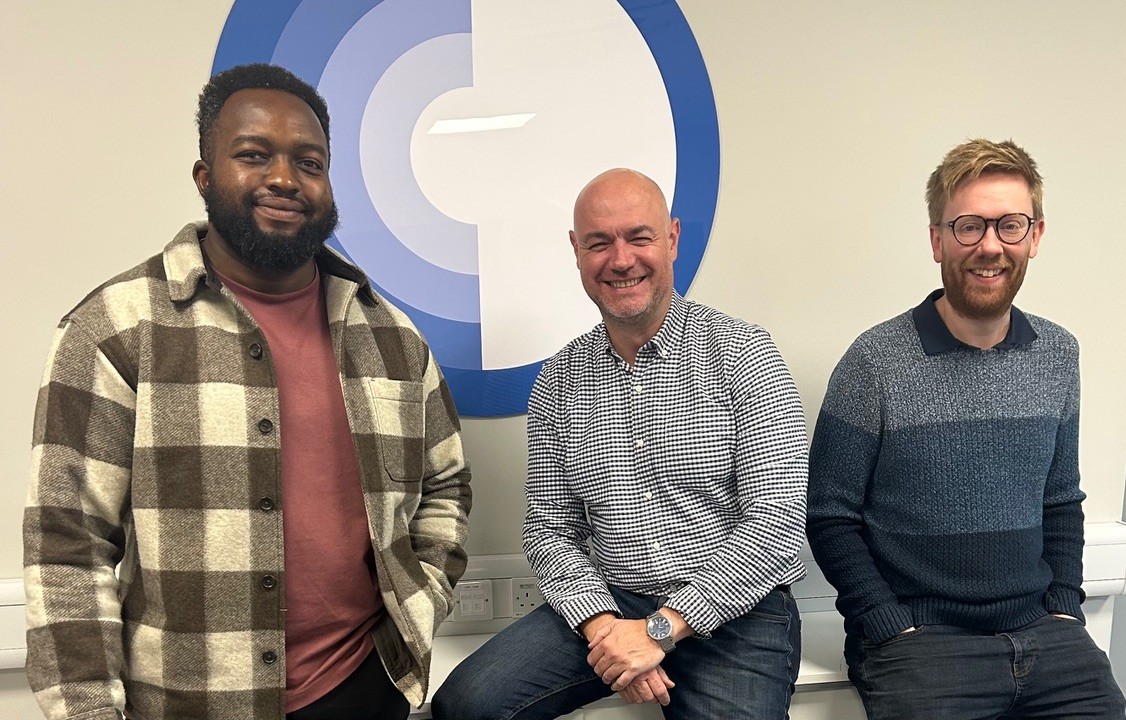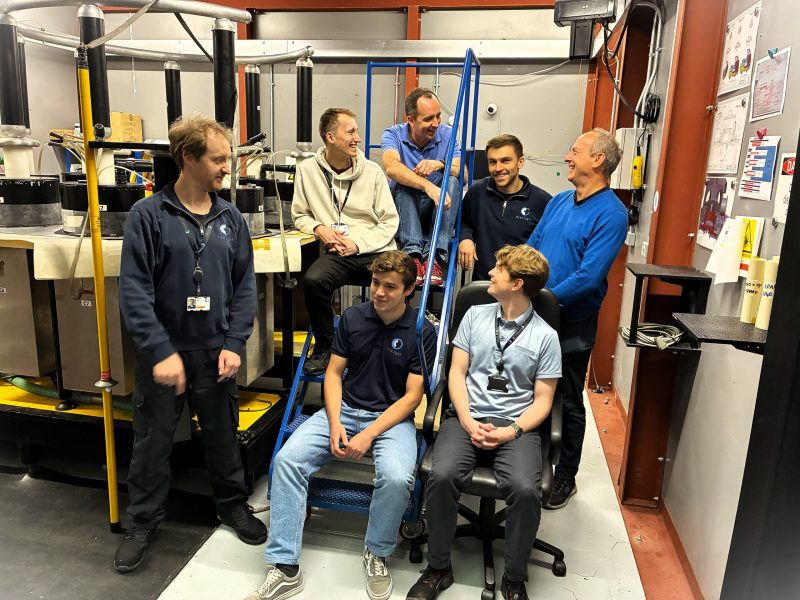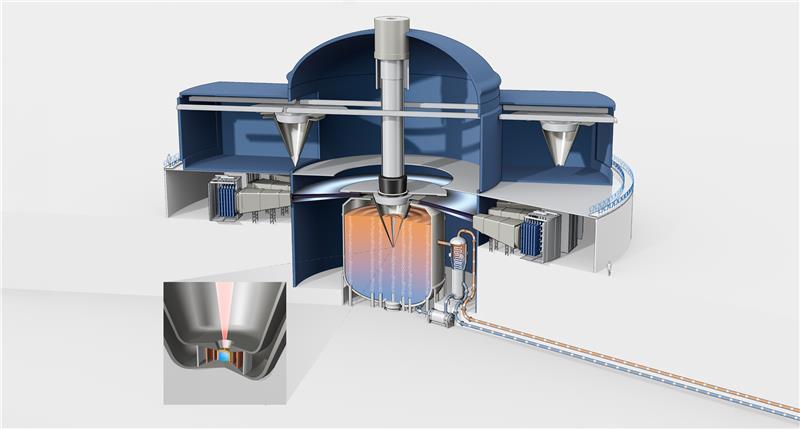- 22 metre £1.1 million hyper-velocity gas gun now complete
- Gun can fire a projectile at 6.5 kms per second
- Gun will complement First Light’s electromagnetic propulsion device “Machine 3” to advance its projectile fusion technology
Oxford, UK: First Light Fusion, a global leader in researching energy generation via inertial fusion, has completed construction of a 22-metre-long two-stage gas gun as part of its experimental efforts to develop a simpler, faster, and cheaper route to commercial fusion energy.
Weighing 25,000 kg, the new 38 mm gun is the largest of its kind in the UK and it fires a 100 g projectile, which can reach a maximum velocity of 6.5 km/s or 14,500 mph – 20 times the speed of sound – using up to 3 kg of gun powder. First Light has successfully fired first test shots, with fusion experimental shots on the new device starting in June.
A two-stage light gas gun works by converting the energy released from an ignited propellant into the compression of a light gas, usually hydrogen. This produces gas pressures approximately 10,000 times atmospheric pressure which then launches the projectile. When fired, the gun will launch a projectile into a vacuum chamber at huge speed, impacting a fusion target – the centrepiece of First Light’s unique technology. That impact aims to create the conditions required for fusion.
These ‘hyper velocity’ devices are typically used by astrophysicists to simulate meteorite impacts, and a similar gun was used to test the panels on the International Space Station to ensure it could withstand impact from small objects travelling at massive speed. The gun will be used in parallel with First Light’s ‘Machine 3’ and will allow engineers to explore a different parameter space by launching larger but slower projectiles. The new gun will be housed in a specifically constructed 10mm steel clad facility within First Light’s headquarters in Oxford, monikered “The Citadel”.
Dr Nick Hawker, CEO of First Light Fusion, said:
“This new gun is an important piece of kit for First Light Fusion and will help us accelerate our development timeline. It will complement the work we are doing with our unique electromagnetic launch pulsed power machine, Machine 3.
Our fusion technology is driven by the impact of a projectile travelling at significant speed into a fusion target. These targets trade pressure and size, amplifying the pressure from initial impact to final collapse of the fuel capsule, which is a small part of the whole target. This new gun will deliver lower pressure than Machine 3, so we will have to rely on designs that amplify more. The larger size means we can do this and still get good performance.
With both facilities together we can make more than twice as much progress on the most important aspect of our technology, which is the target. Thank you to everyone for their efforts in bring this project together so quickly, it has been a fantastic team effort once again.”
The investment follows a recent $25 million fund raise backed by global institutions including IP Group PLC & OSI. First Light is growing fast and now has more than 50 employees based in Oxford. The two-stage gas gun project took only 10 months from concept design to delivering a fully operational test facility, which shows the great focus and effectiveness of First Light’s team.
ENDS
For more information please contact:
First Light Fusion Ltd
Gianluca Pisanello, Chief Operating Officer +44 (0) 1865 807 670
Powerscourt
Peter Ogden, Steve Marinker, Jack Holden +44 (0) 20 7250 1446
About First Light Fusion
First Light Fusion was founded by Professor Yiannis Ventikos, Head of the Mechanical Engineering Department at University College, London, and Dr Nicholas Hawker, formerly an Engineering lecturer at Lady Margaret Hall, Oxford.
The company was spun out from the University of Oxford in July 2011, with seed capital from IP Group plc, Parkwalk Advisors Ltd and private investors. Invesco and OSI provided follow-on capital.
The business has grown from a research-focused university project to a fully-fledged company that has developed not only a strategy for how to make fusion energy work, but also a sustainable business model based on the technology.
The team comprises experts in relevant scientific and engineering fields plus the management experience necessary to address the challenges which lie ahead. The company has been able to attract a world class advisory board, meaning it can benefit from decades of relevant experience to help it streamline the path towards realising its vision.
First Light’s inertial confinement approach aims to create the extreme temperatures and pressures required for fusion by compressing a target using a projectile travelling at massive speed (a pulse). First Light’s approach to fusion, which is safe, clean, and virtually limitless, has the potential to transform the world’s energy system. Unlike existing nuclear, there is no long-lived waste, no meltdown risk, and raw materials can be found in abundance.



